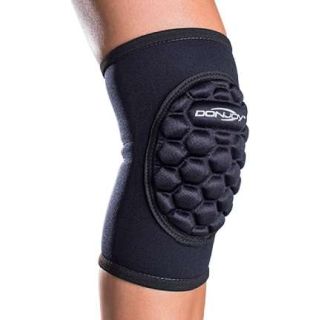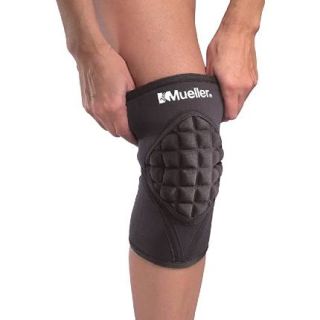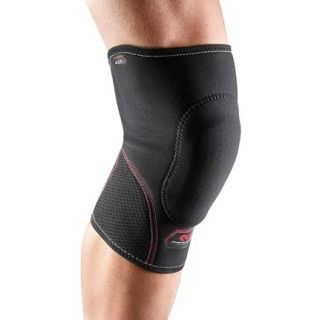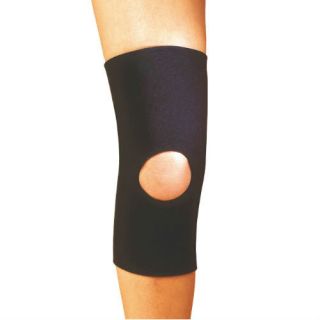Wrestling Knee Pads: A Core Part of Your Training Equipment
Wrestling demands a high level of resilience. Constant contact with the mat can lead to chronic issues like prepatellar bursitis and painful mat burns. While wrestling knee pads are often seen as an accessory, they are essential training equipment for any serious athlete looking to maintain longevity in the sport.
Why Do Wrestlers Wear Knee Pads?
The primary reason is impact mitigation. When shooting for a takedown, the lead knee strikes the mat with significant force. A quality wrestler knee pad provides a cushioned barrier that absorbs this energy. Additionally, the compression provided by a wrestling knee sleeve helps keep the joint warm and improves blood flow, which can reduce the risk of minor strains.
[Image of Prepatellar Bursitis anatomical diagram]
Choosing Your Wrestling Gear: Pads vs. Braces
It is important to understand what gear you need for wrestling. If you are protecting your skin from abrasions or your bones from impact, a knee pad is the right choice. However, if you have a ligament injury (ACL/MCL) and require structural stability, you should view our Wrestling Knee Braces. Many athletes choose to wear a low-profile pad over their brace to comply with wrestling knee brace rules regarding exposed hard parts.




